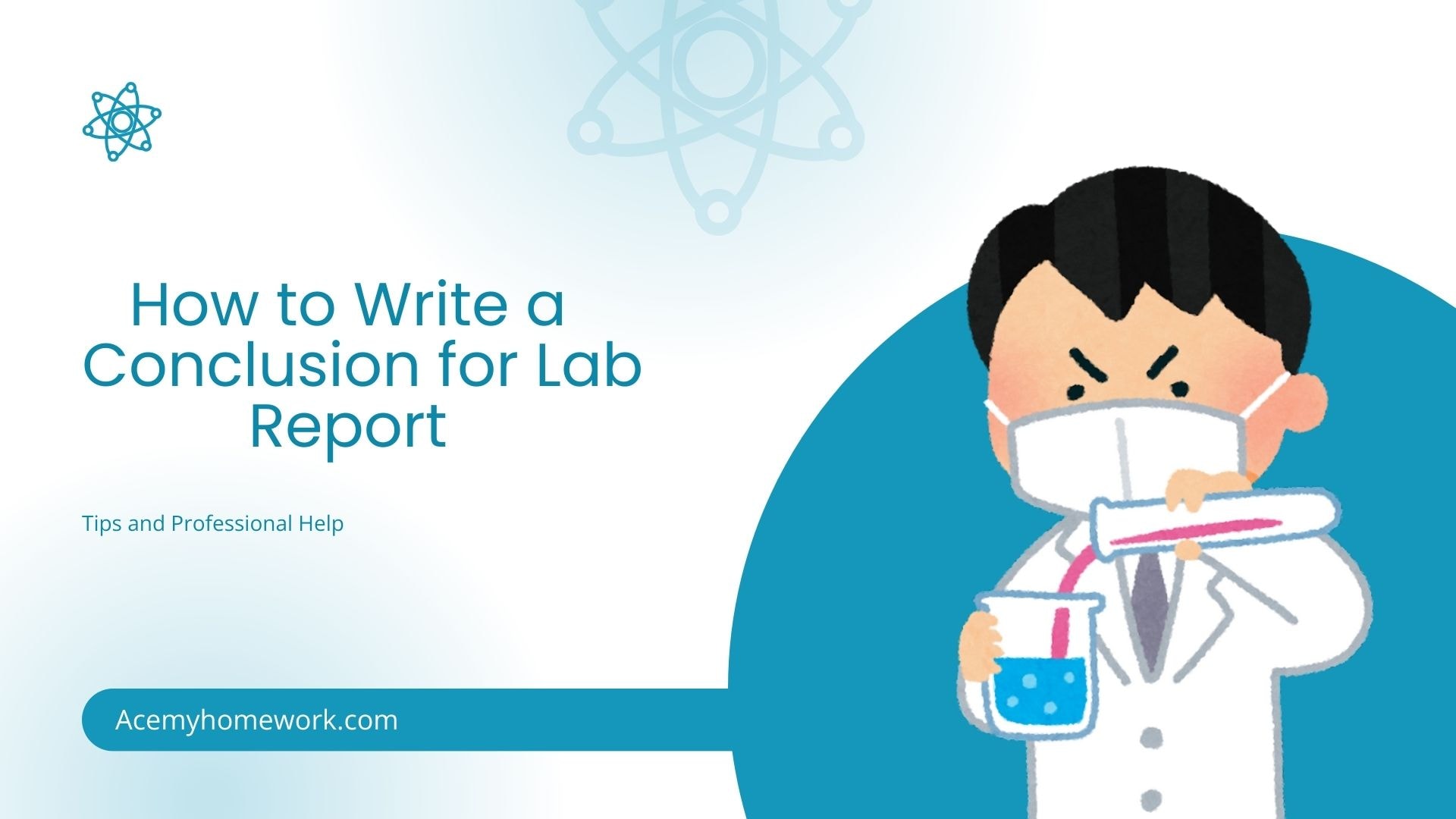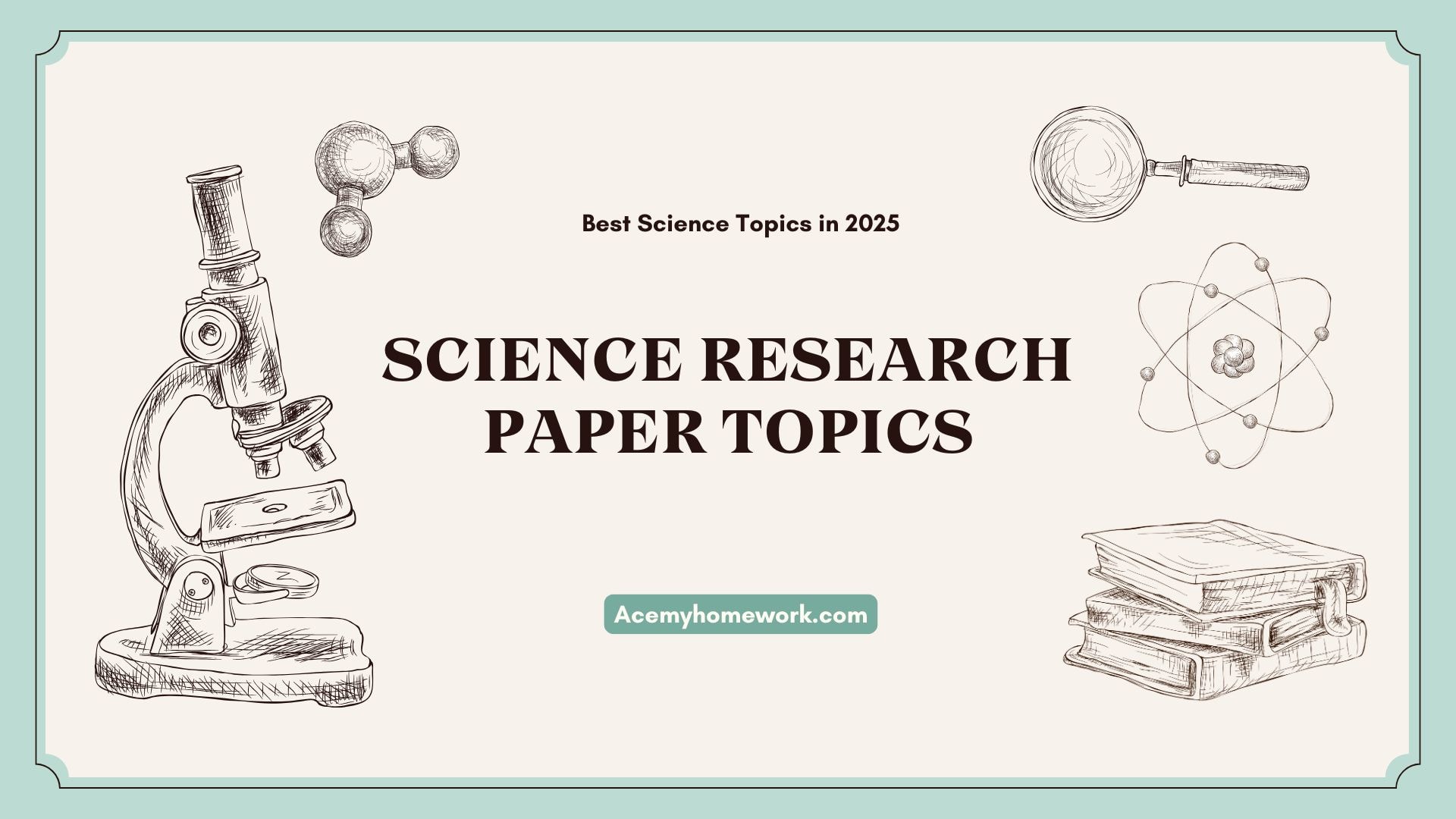.jpg)
The 10 Best Tips on How to Do My Homework Fast
Struggling with homework? Discover 10 effective tips to complete your assignments quickly and efficiently. Read the article to boost your productivity!
Read MoreMost if not all essays tend to have an introduction and a conclusion. These two elements provide support to the essay from both ends, reinforcing it. An essay's opening introduces the reader to the key points of the paper and presents the thesis statement. The body paragraphs that follow the introduction focus on the main ideas and offer analysis and supporting facts to back up your claim. Introductions and conclusions are key components that, when done effectively, can frame your thoughts, resulting in structured and compelling writing.
The introduction serves as the door to your essay and should catch the reader's attention. A strong introduction starts with a hook—a statement that grabs the reader's attention and stirs their curiosity. This introduction, which is sometimes referred to as the topic sentence, should grab the reader's attention and establish the tone for the entire essay.
The introduction serves as the framework for the essay, taking the reader through the key concepts that will be covered as the body paragraphs develop. The essential elements of an essay introduction are as follows:
The final paragraph completes the circle of your essay as you conclude your writing. This is where you restate your thesis statement in an entirely different way—often by rephrasing it—and list the key ideas that were covered throughout the piece of writing. A strong ending strengthens the importance of your argument and its wider ramifications by giving the reader a positive impression. The following are some key components you can consider while writing your essay conclusion:
Remember, while your introduction hooks the reader's attention, your conclusion is responsible for maintaining that engagement until the very end. A powerful conclusion resonates with the reader long after they've finished reading, reinforcing the significance of your argument and the value of your contribution to the topic.

Get affordable and top-notch help for your essays and homework services from our expert tutors. Ace your homework, boost your grades, and shine in online classes—all with just a click away!



Fast, secure, and handled by vetted experts.
.jpg)
Struggling with homework? Discover 10 effective tips to complete your assignments quickly and efficiently. Read the article to boost your productivity!
Read More
Struggling with lab report conclusions? Learn essential techniques to recap results, analyze data, and tie back to hypotheses—plus free templates and expert advice.
Read More
Explore 200 captivating science topics perfect for research and learning. Discover ideas that spark curiosity and inspire your next project. Dive in now!
Read More